|
First of all, let me apologize for the title which, no doubt, made you roll your eyes. I was searching for something that might catch your eye, but.... sorry, those puns keep bouncing around my brain like emoji faces, the ones laughing hysterically. Since my last blog posting (back in December), I've had two cataract surgeries – the left eye on April 3 followed by the right on April 23. An unexpected complication on the left extended my recovery time; but since then, the healing has gone smoothly. Clarity has improved, especially at a distance, and colors are more vivid than ever. Those house slippers, which I thought were brown, are actually purple! For the patient, cataract surgery is all about the eye drops, at least in my surgeon's protocol. During the first ten days following the operations, multi-colored bottles lined the edge of my desk, waiting for their turns – every four hours from 8 am to 8 pm. I was instructed to put in a drop, wait 5 minutes, put in the next, wait 5 minutes, and down the line. The doctor added that if I could close my eyes for each of those 5-minute periods, it would be "helpful." So four times a day, I sat in a chair, bottles at the ready, and timer set for 5-minute intervals. To my surprise, this period of non-activity was challenging. I had regularly sat in meditation for 20 minutes at a time, so mindful sitting wasn't new to me. But instead of taking advantage of the eye-drop opportunities to practice mindfulness, I searched for ways to multi-task with my eyes closed. Perhaps I could listen to an audio book, music or podcast. I could talk to a friend, record the grocery list into my phone, do yoga stretches. Why was sitting, simply sitting and breathing, listening to birds outside my window or a train whistle in the distance, so difficult for me?
Maybe the reason was restlessness, limited patience, annoyance or an over ambitious To Do list. All could be contributing factors, but none felt like an epiphany until I made a connection. For the past 6 months I have allowed my almost-daily meditation and writing practices to dwindle practically down to zero – practices being the key word. I could itemize their replacements, but that's not the point. If I value these activities and expect them to thrive, which I do, I need to show up for them, regularly. With only a week of drops remaining from a single bottle, my wait time is greatly reduced. However, I'm sitting longer in quiet meditation most mornings as I listen to my Headspace app. And I've started writing again, beginning with daily journal prompts and this blog, which feels joyful! Who knew that eye drops could help me refocus in such a meaningful way? I know, I know...
3 Comments
 At the beginning of December, this bowl sat empty, except for the "frog" that I had recently purchased at an antique shop. Even a quick Google search provided no clues as to why this little circle of metal pins, used to keep flower stems in place, is called a frog. Maybe because it hangs out in water, like a frog on a lily pad? What I do know is that it was the essential center to my Advent practice this year. As December 1st approached, I began searching for a routine I could continue each day until the 25th...a regular time of day when I could slow down, become silent, reflect on the present and the coming of winter. Perhaps I would read a book of meditations, write in my journal, light a candle – all of which I had done before. None of them "spoke" to me this year. But looking outside my windows did. So early morning on the first of December, I followed my intuition and the road to the nearby Nature Preserve. I had no clear-cut plan, but an openness to simply pay attention. 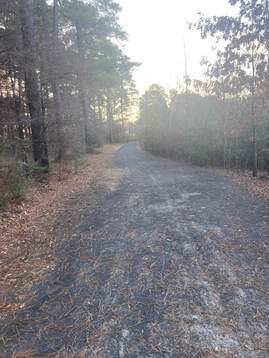 I walked across the boardwalk just as the sun was topping the trees, then followed the gravel path for a half mile or so before turning around. At first, I saw nothing remarkable about the dried leaves and grasses, the occasional berries still clinging to branches, the evergreen pines and cedars that line the path all year long. But then I stopped, took a deep breath and looked more closely. A pine bough, barely catching the light, seemed to awaken. I noticed its greenness, its slender needles, the lovely way it bent forward as if to greet me. I, of course, was the one awakening. With gratitude, I plucked a sprig from the branch and brought it home. Positioning the frog in the center of the bowl, I added water and secured the pine among the pins. It became the foundation of my found objects, one every day for the next 24 days, as I walked in the Preserve. I wondered each morning what I might discover, how walking among nature might give me gifts I would never find under a Christmas tree. Today as I look at the completed arrangement and recall my walks, I smile with deep joy, gratitude and calmness of spirit. Precious gifts, indeed, to carry forward into the new year. Sending wishes of peace, health and growth in 2024!
Twylla When I wrote the children's book, The Power of Bread in 2021, I prefaced it with a map* of the Middle East and zeroed in on a small section of land – Israel and Palestine. Since the story is about two second graders attending school in Cairo, one from Israel and the other from Palestine, I wanted young readers to know where those unfamiliar-sounding places were located. Unfamiliar then, but all too familiar now, even to the ears of children. 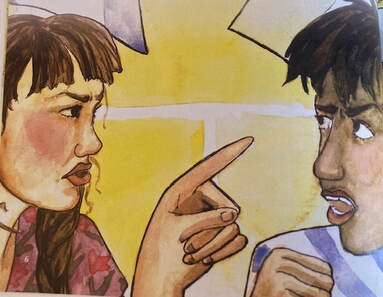 (In case the text on the page is difficult to read, it states: Israel and Palestine are in the Middle East. People who live there have disagreed, even fought, over the same land for hundreds of years. Even today, many Palestinians and Israelis don't get along and consider each other enemies. Others work together for peaceful ways to live side by side. The book is based on a true story that happened when Drew and I were working at Cairo American College (a pre-K through grade 12 school) in Egypt. Among my multi-cultural class of second graders were Khalil from Palestine and Leah from Israel. (Not their real names) From the first day they entered the classroom, they referred to the other as "enemy." Enemy, really? I was stunned. These were 8-year-olds! How could 8-year-olds consider someone they'd never met, never even spoken to, an enemy? I wasn't naive, but rather unbelieving. I know that prejudice and hatred – just as tolerance and peace – are taught early in a child's life through word, example, an eye roll here, a derogatory shake of the head there. In the case of Kahlil and Leah, they had experienced fear and conflict first-hand, which only heightened their distrust of the Other, regardless of whether or not they had actually met their new classmate. Such prejudgement has rarely hit me with such force...and never from children. That year, as their teacher, prompted me to write The Power of Bread. It grew out of my desire to create a child-centered story which might lead to conversations about prejudice and discovering similarities, in spite of differences. Foremost, of course, I wanted children to enjoy the story and begin to develop their own ideas and questions. So, I added two wise grandmothers and a touch of magic ~ or perhaps, a teacher's transformative power of compassion. In light of the current Israeli-Hamas war, my wish is that The Power of Bread, more than ever, will be a voice of hope, peaceful coexistence and ultimately...friendship. May we all remember that within each of us lies the power of peace. *************** All proceeds from The Power of Bread go to the Little Learners Child Development Center at Our House in Little Rock, Arkansas. Our House is an extraordinary place – a community – that serves the working homeless and their families of Central Arkansas. In the Power of Bread's dedication, I write that children are the world's best hope for peace –and that means children everywhere – whether in the Middle East or Arkansas, USA. May all our children begin their lives in atmoshperes of acceptance and diversity and grow into adults who pass the peace onto their children. (The Power of Bread can be ordered through an independent bookseller, Amazon and Barnes and Noble.) I ask that you forward this blog posting to at least one other person as a way for the book's message of peace to spread. Thank you! *Map layout by James Matthews, editor; book illustrations by Madeleine Robinson.
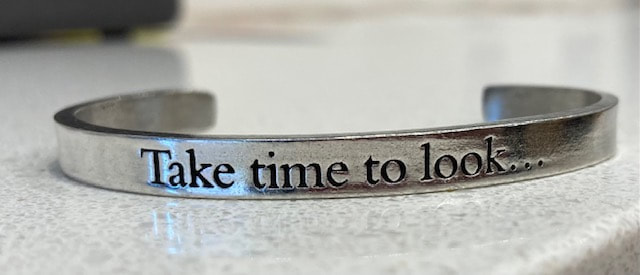 Four words on a bracelet became my mantra recently during four days in Santa Fe, New Mexico. I found it at the Georgia O'Keeffe Welcome Center in Abiquiú, a short drive from one of the artist's desert homes, the other 13 miles away at Ghost Ranch. She moved between the two locations regularly from 1949-1984, obviously taking time to look along the way. How could she not stop every few yards and be inspired by a canyon, cliff, mesa, or sky the color of lapis lazuli? I took Ms. O'Keeffe's advice to heart (I don't feel that I know her well enough to call her Georgia) and began to look more closely at what might speak to me. I share a few of my sightings, a couple of which caught me by surprise. So what pops out at you when you look at these photos? I asked myself that question along with... what do they have in common? And the answer came, not so much as a revelation, but a validation of what I already knew. It's the same reason I'm so intuitively drawn to Ms. O'Keeffe's paintings. COLOR! Colors of sky, rock, sunshine, of smiles and joy. Colors that lift my spirit and spark my imagination. Why not paint a dead tree orange rather than cut it down? I close with one more photo, which Ms. O'Keeffe would certainly appreciate since she loved painting flowers – big, colorful flowers. What might we notice today?
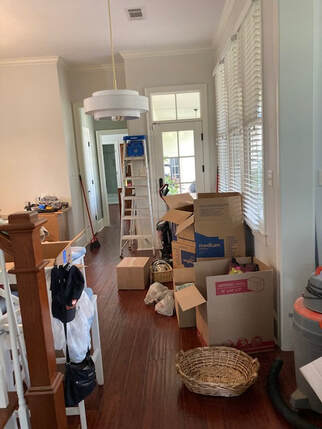 The last two, or maybe three times we moved, Drew and I said, "That's it! No more moving." Surrounded knee-deep, sometimes neck-deep, by boxes and upended, unassembled pieces of furniture, we vowed to stay put. But here we are moving again, of our own free will. Obviously each change of address has brought its own share of positive opportunities. So, to put a finer point on it.... it's not the MOVE, but MOVE-ING we dislike. For all of you who have moved – and who hasn't? – I know you can relate. Moving turns your whole life literally upside down. We've now been living in our new house for 3 weeks, and I still look for the trash can under the sink rather than in the pantry. I pivot to the left for the fridge instead of the right, and right instead of left for the microwave. Sometimes I stand in the middle of the kitchen and literally twirl, unsure in which direction to find the silverware. Granted, we only moved five houses down the street in our current Hendrix Village neighborhood of Conway, Arkansas, which is considerably less than when we packed up our belongings and moved from Arkansas to Alaska 34 years ago. But change is change, no matter the distance. And if I've learned nothing else in moving to 12 cities across 4 continents during our 49 years of marriage, it is that transitions take time. I'd like to say that I'm a pro by now at transitions, but that would be stretching the truth. Or, in plainer terms – a lie. I still struggle through them. But I have learned that the key word in that struggle for me is "through." The only way I will get to the other side of the transition tunnel is to keep inching forward... one box, then another, one room, then another, until the light of normalcy begins to return. And it is... 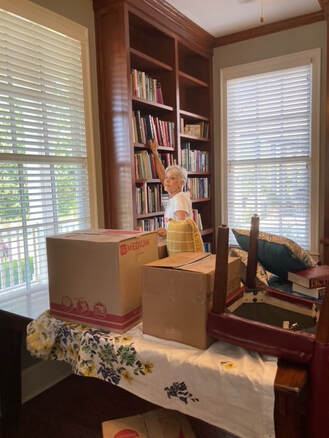 As you can see from one picture to the next, there are at least some books on shelves, and I'm still smiling (kind of). Despite the temporary upheaval, Drew and I are grateful for this move to a lovely new home among a community of caring neighbors. We love it so much that we've vowed to never move again. This time we mean it, we really MEAN it! Really. Come see us!
This blog posting is not about me, even though my picture is the first thing you see. I dusted off my 1973 college yearbook (I'll let you do the math) to locate one photo that would place this story in historical context. Notice the silver bracelet on my left wrist. When this photo was taken, I had been wearing the bracelet continuously for about a year, ever since it arrived in a package marked POW/MIA Bracelet Campaign. Other students on campus were wearing them to draw attention to America's prisoners of war and missing in action in Vietnam, and I wanted to join them. I mailed 2 dollar bills and 2 quarters to the LA-based student organization and waited for 4-6 weeks. The nickel-plated bracelet is as shiny today as the day it arrived. I remember rubbing my fingers over the name and date, wondering about Major Ralph Balcom. Where was he from? Did he have a family – wife, children, parents, siblings? What happened to him on May 15, 1966, the day he was officially listed as lost or taken prisoner. There was no internet to search in 1972, no way to learn about the man whose name I would wear around my wrist for the next two years. Yet I wore it with pride, feeling an almost personal connection to a man I knew virtually nothing about and would never meet. As years passed, however, Major Balcom and the bracelet faded from my memory and into the depths of my jewelry box. I would occasionally recall his name at the mention of the Vietnam war, but then let it slip back, unexplored, into the past. Then two weeks ago, that all changed. Drew and I were in Washington D.C. with a day to explore the major sites. Walking from the Washington Monument to the Lincoln Memorial, I noticed on the map that the Vietnam Veterans Memorial Wall was nearby. The names of all 58, 318 service men and women who died in the war are engraved on the wall. Could I possibly locate Major Balcom? I flipped through the pages of the alphabetical directory located at the beginning of the wall's long, black expanse. My finger slowed as I reached Ba, Bal, Balc...and there it was – Colonel Ralph C. Balcom, panel 7E, line 61. The "date of casualty" matched the date on my bracelet, 5/15/66. Past thousands of names, each with its own intensely personal story, I found panel 7E and counted down from the top to line 61. Thanks to the Vietnam Veterans Memorial Virtual Wall, I can finally see Colonel Balcom's face and share basic information about him. 421ST TAC FTR SQDN, 388TH TAC FTR WING, 7TH AF United States Air Force Seattle, Washington Declared dead 12/27/1977 Promoted when in MIA status On this Memorial Day, I give deep gratitude for a name on a bracelet, to a man who died in service to his country, and to a connection between us.
As I share Colonel Balcom's story, may we all share stories of service men and women... so they are remembered and honored. 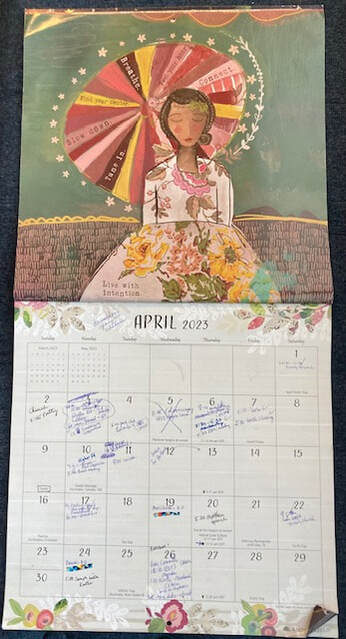 calendar by Kelly Rae Roberts calendar by Kelly Rae Roberts I'm really good at To Do lists, creating them, checking things off them, then wadding them up in a satisfying little ball and tossing them in the trash. Done! Until the next list. I keep a paper calendar, which would probably be considered old-fashioned in some circles. I like to call it classic – the feel of pen on paper, each square just waiting for a birthday, travel date, Zoom meeting, pickleball game – not to mention the art work and quotes that inspire. Granted, it's not too handy when I'm out-and-about and someone asks, "Are you free for lunch on Thursday?" I have been known to take a photo of my calendar, just in case. My on-going To Do Lists are on individual post-it notes stuck to my nightstand, a kitchen cabinet, stacks of papers on my desk, even to the console of the car. Excessive, I know. But it keeps me organized, and like I said, I'm good at it. What I'm not so good at is Want-To-Do Lists. In fact, I don't have a single one hanging around. Nothing is listed on my calendar such as read book, experiment with watercolors, or try out felt art kit. To dispel any thoughts you might have that my life is totally unbalanced... I do have a puzzle going, am starting to read a new book, walk in nature daily, visit with friends and more. It's just that To Do's can too easily take precedence over Want-To-Do's. They seem more pressing, and many times are. Groceries must to be bought and Zoom meetings prepared for. But it easily becomes a habit to choose the flaming pink post-it list over the quiet book waiting patiently on the chair. Granted in retirement, I have more opportunities to choose one over the other; but at any stage of life, it is Want To's that bring forth the bliss Joseph Campbell encourages us to follow. Without it, life is merely a list.
Drew and I recently took a car trip – starting at our home in Conway, Arkansas – south through parts of Mississippi, Alabama, Florida, Georgia, South Carolina and back. Our Southern Trip, we creatively called it, stopping to visit family and friends along the way. Coastal Florida was relaxing...and chilly. 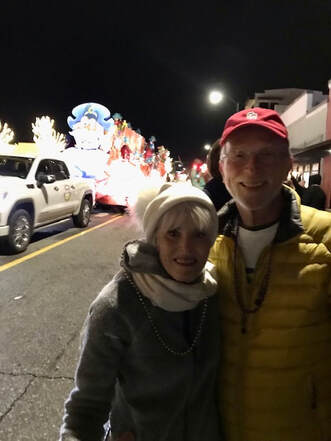 Mardi Gras parades were electrifying...and chilly. Extra layers were certainly helpful. 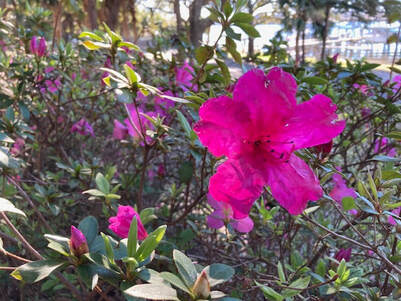 But it was the flowers, oh the unexpected flowers – in February! – that warmed my winter-weary soul. Tulip trees laden with pink blossoms, daffodils bedecked in yellow frills, tulips and azaleas aglow in shades of Easter basket delight. (My word choice... too flowery, perhaps... but if flowers don't inspire poetry, what does?) 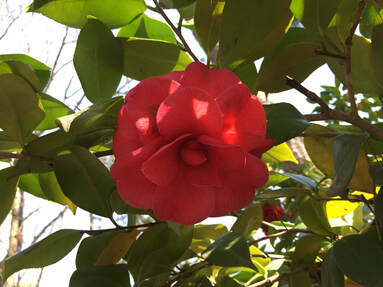 There was one camellia bush, in particular, that caught my eye. Its brilliant red flowers seemed to shout, "Spring is Really Here!" (at least in Florida.) The blossoms were too beautiful among the glossy leaves to snatch one off the branch, so I searched the ground below for a recent dropping. I found one, fingered its soft petals, and placed it gently in my pocket. I took it back to our bed and breakfast and positioned it on a window sill to admire throughout the evening. Then left it the next morning floating in a fountain, the redness adding a hopeful sign to the leftovers of winter.
And I carried a piece of that hope with me, as we drove on down the road. The first, and only, time I heard the term "High Tree Day," I was attending a day-long journaling retreat at the Shrine of St. Therese in Juneau, Alaska – around 30 years ago. I still recall the weather, one of those treasured days in Southeast Alaska when the sky is a brilliant blue, and the only clouds are merely passing by. Not a hint of rain. The facilitator led us through a series of writing prompts. The five other participants and I wrote, shared, listened, drank herbal tea and longed to get outside. The host's log cabin, although cozy, felt more confining as the morning passed. Everyone in Juneau knows that on a sunny day... you get outside. Finally, she said that the remainder of the day was ours – to wander, write, sketch, sit, walk the labyrinth – but not talk. "It's a time to listen to yourself, to nature, to reflect, or simply clear your mind." A High Tree Day, she called it. Of course, we didn't rush to the nearest evergreens and start climbing to a perfect perch. But the image was, and still is, a powerful one for me. High in a tree is time away from foot traffic, from details of the everyday. It is a change in perspective, a chance to see the bigger picture. A time to be open. Over the past years, I have taken many High Tree Days, some in nature, others in a comfortable chair or on the floor in our house with books and journals spread around me. I leave my phone and Apple Watch, and their distractions, in a drawer. I climb up my imaginary tree and wonder what I may learn. Another High Tree Day is way overdue. Last June, I attended a Veriditas labyrinth pilgrimage in Chartres, France and filled a journal with notes and ideas, quotations and inspirations. Ever since then, I have intended to re-read my words, but have allowed daily To Do lists to take priority. What, I wonder, did I want to carry back home with me, to integrate into my life? Only in quiet reflection, will I know. I'll sit on the window seat in our upstairs room, looking down on the street, as if I'm perched in a tree. I'll open my labyrinth journal and allow the words to transport me back to France. 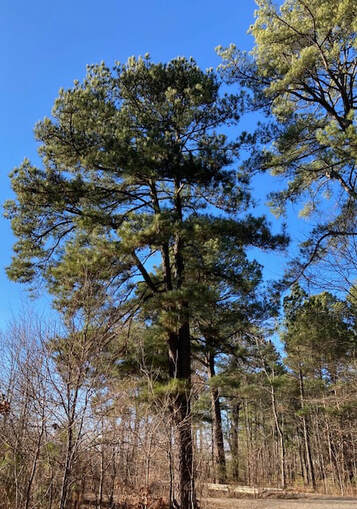 What might your High Tree Day (or half day or couple of hours) look like? Is there something, in particular, you want to reflect on? Or perhaps you need time and space for yourself, for whatever bubbles to the surface. If so, there's a tree just waiting for you. On this super cold (6 degree F) morning in Arkansas, these four Russian Santas are basking in the sunlight that pours through our dining room windows. And I'm basking right along with them. Thankfully, we've been spared the snowstorms, which much of the country has experienced. But the frigid temperatures remind me of the days in Moscow when I purchased the Santas. No matter how many layers of clothes, gloves, socks, scarves and hats I put on, I still froze each December when I went shopping for gifts at Izmailovo Market. As I wandered among matryoshka dolls, lacquerware, amber jewelry, Frabergé eggs (replicas), paintings, fur hats, carpets, Soviet memorabilia, and endless rows of booths – my fingers and feet quickly grew numb. I could hardly unzip my purse to pull out rubles or clomp down one more lane to find just the right item. But, of course, I did! When it came to selecting one Santa from hundreds, I had a clear priority. He must have a kind face. Even if I couldn't see his entire mouth, I could tell kindness in twinkling eyes, rosy cheeks, an upturned mustache. The kindness in their faces is the quality I remember most about the Russian friends Drew and I made while working for seven years at the Anglo-American School in Moscow and St. Petersburg. We shared meals, conversations, cups of tea, an occasional sip of vodka, and spoke of our families, our commonalities – despite our countries' historic differences.
Santa, aka Ded Moroz, Pére Noël, Sinterklaas, Saint Nicolas, Weihnaachtsmann, Kris Kringle, is not bothered by boundaries, nationalities, governments or even stop lights as he faithfully delivers gifts to one and all alike. One chimney, pair of shoes, stocking or tree is the same to him. I wonder. Might we, as recipients of that generosity, likewise spread peace and good will to our neighbors, wherever we may find them? I simply need to look into the faces of my Russian Santas...to believe. |
Welcome to my blog!
After writing my books, Labyrinth Journeys ~ 50 States, 51 Stories and The Power of Bread, I knew I wasn't finished writing, or journeying. Please join me as I continue both and see where they lead me (and you!) ~Twylla Alexander |




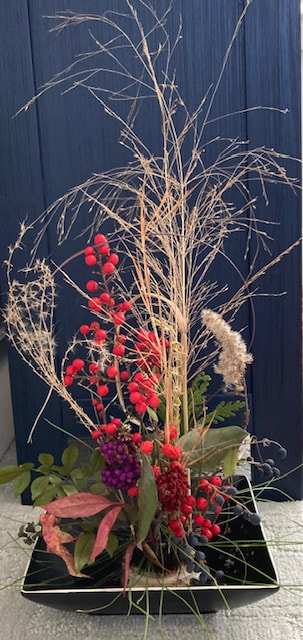
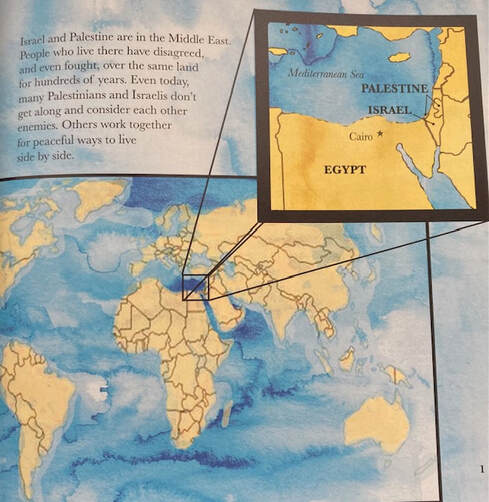
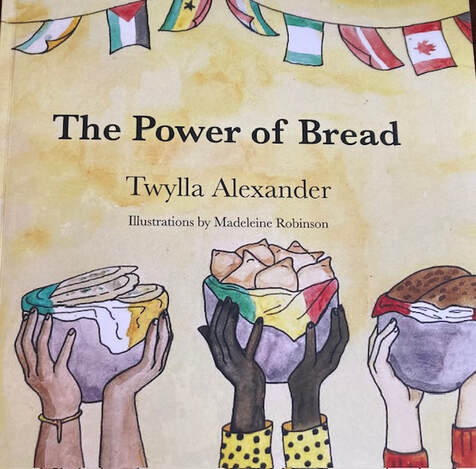
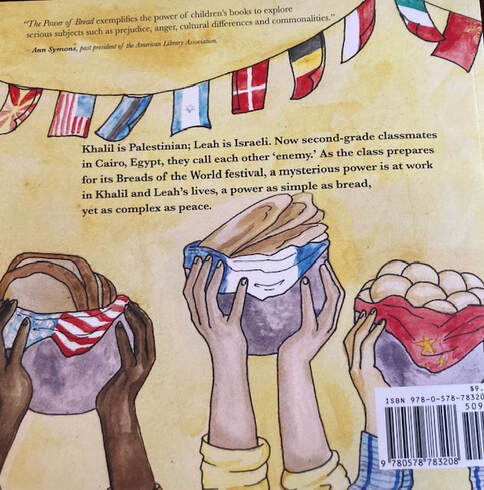
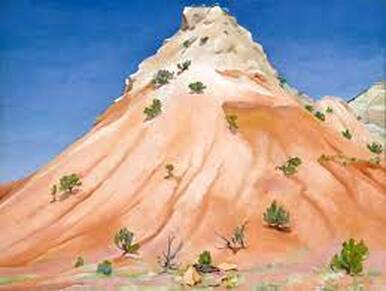
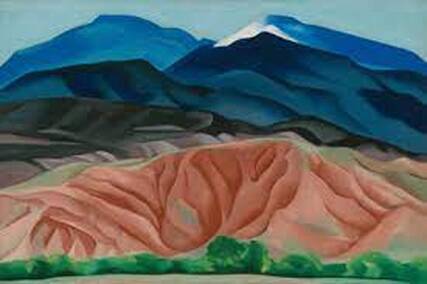
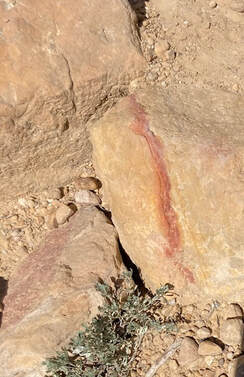
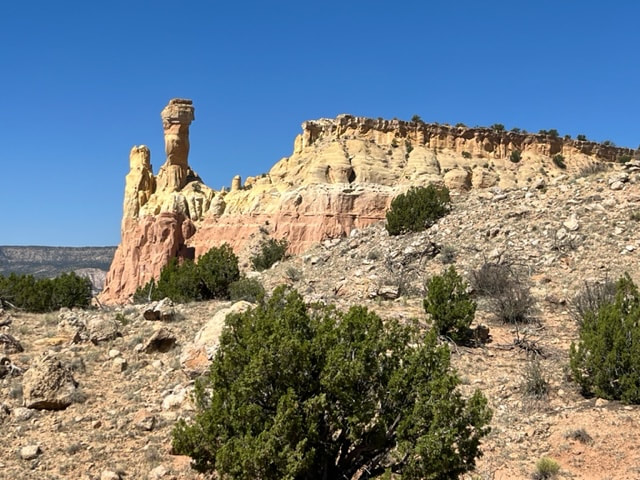
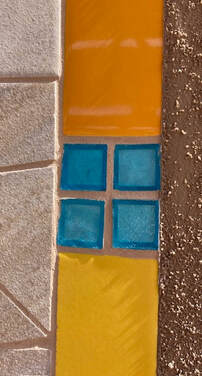
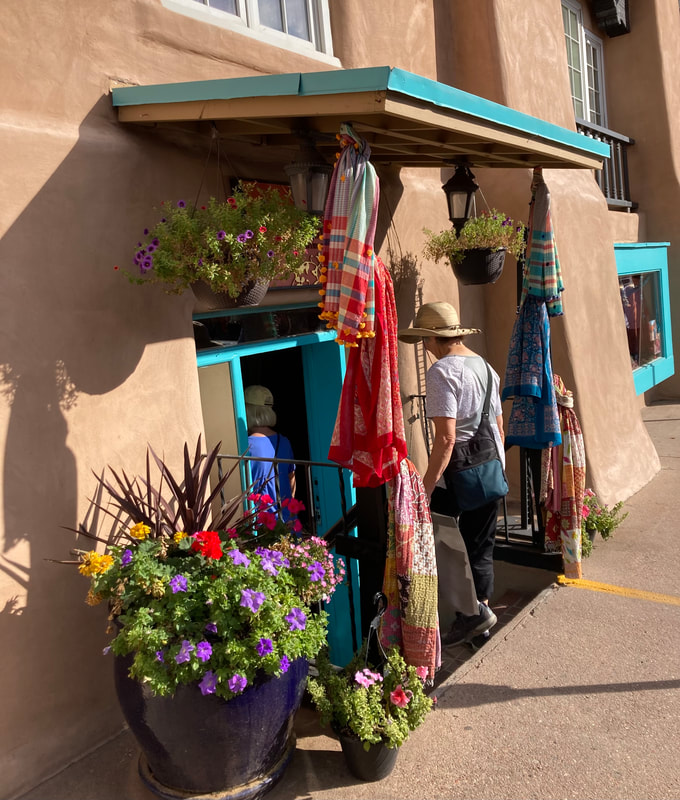
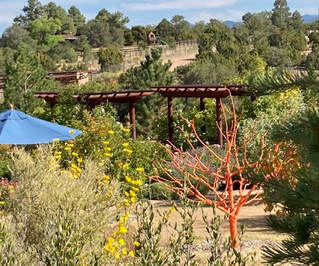
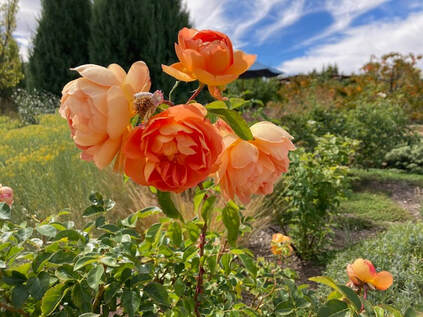
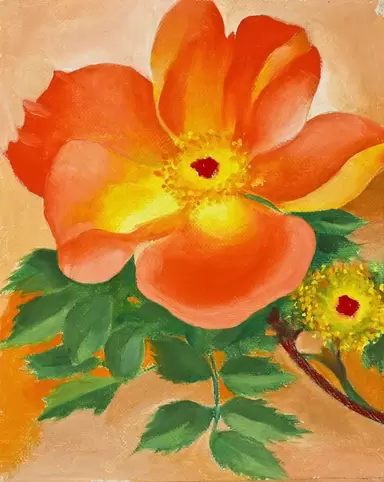


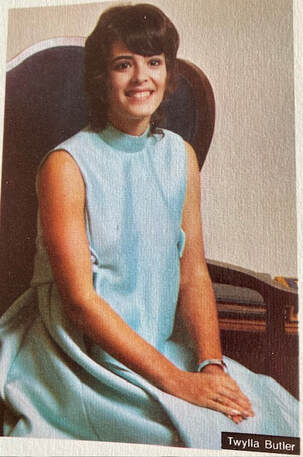
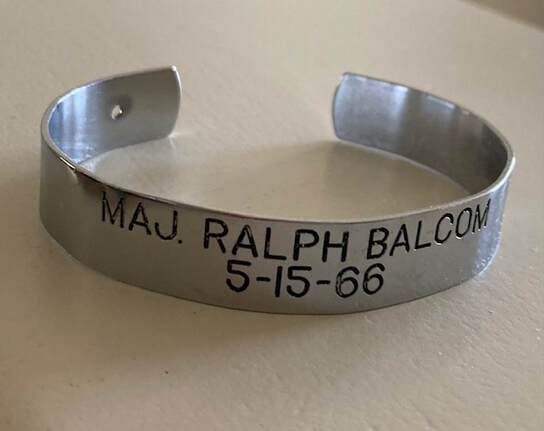

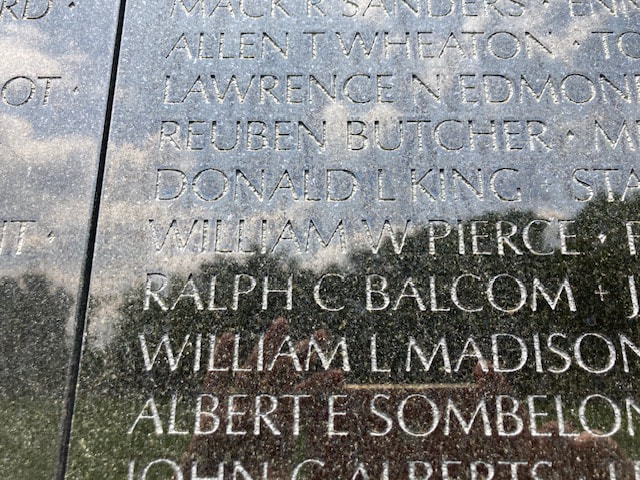
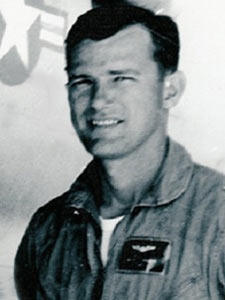
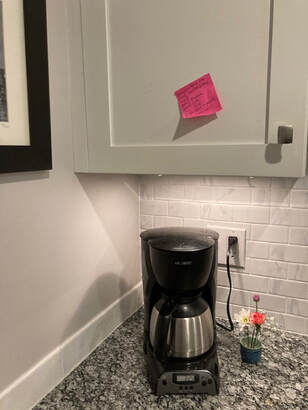

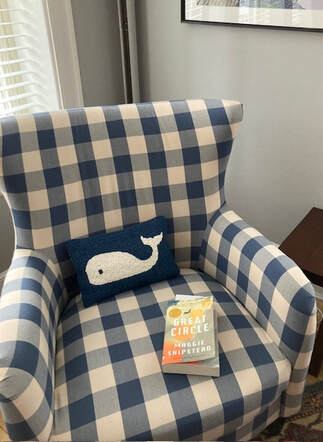
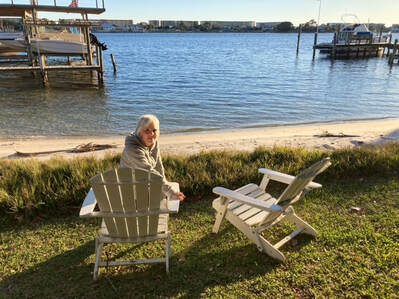
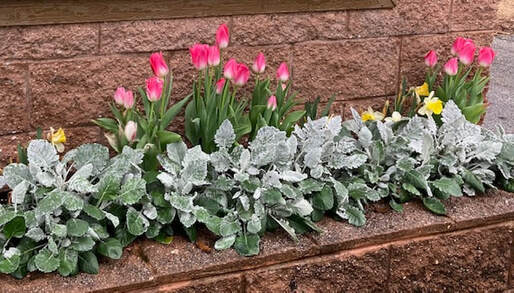
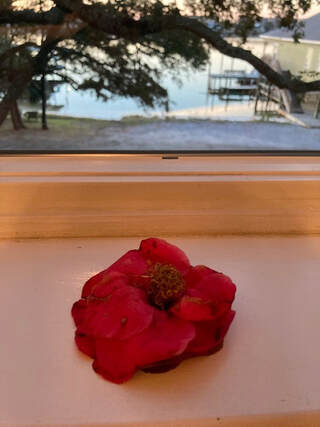
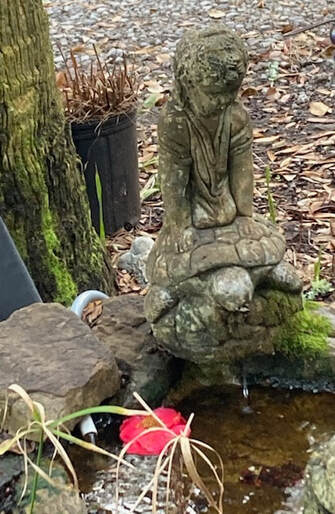
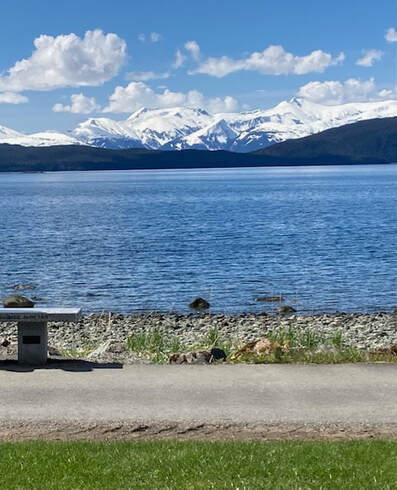
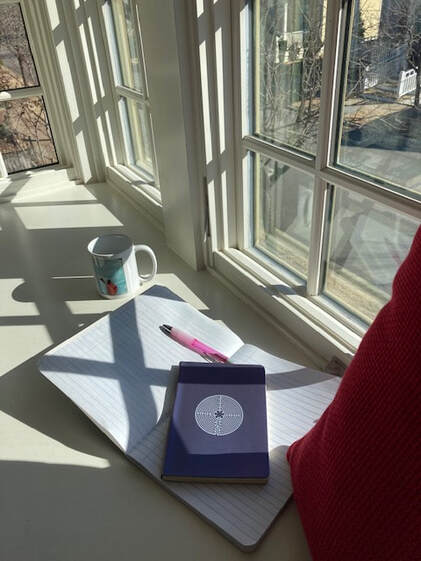
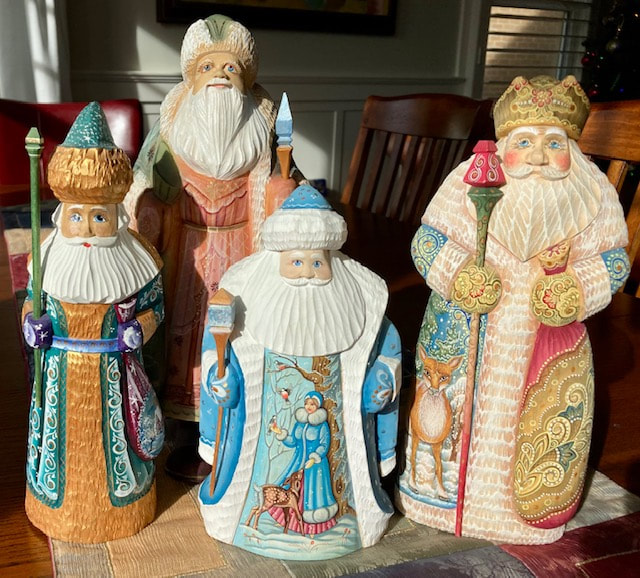
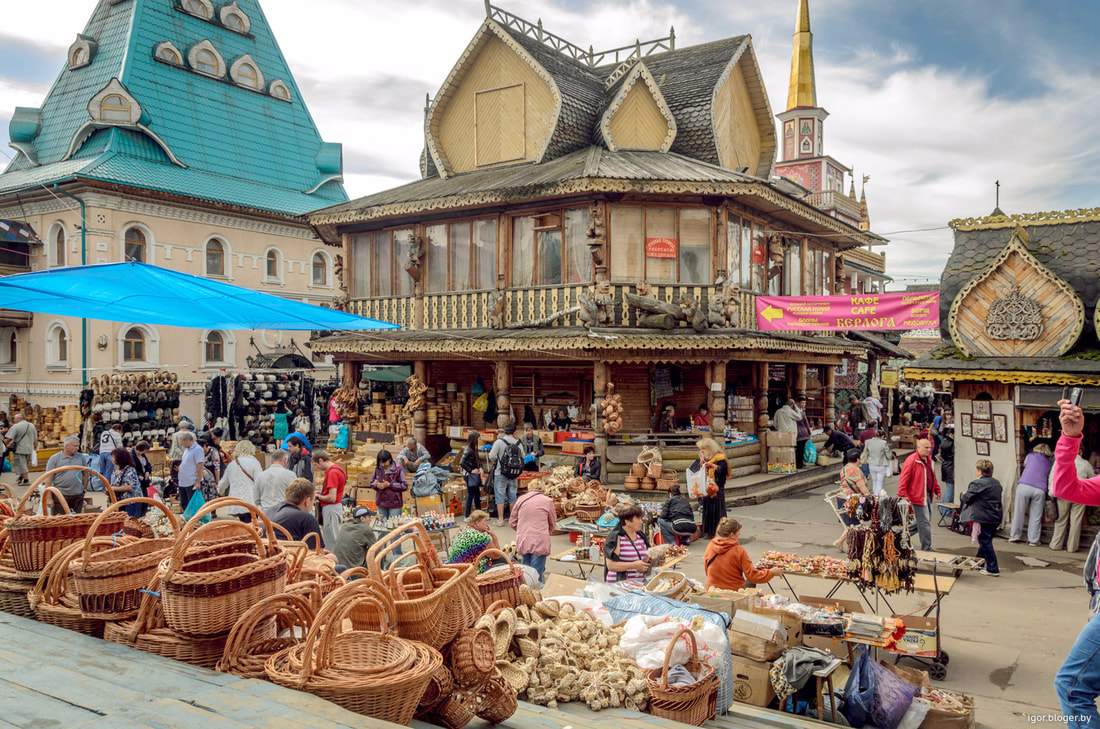
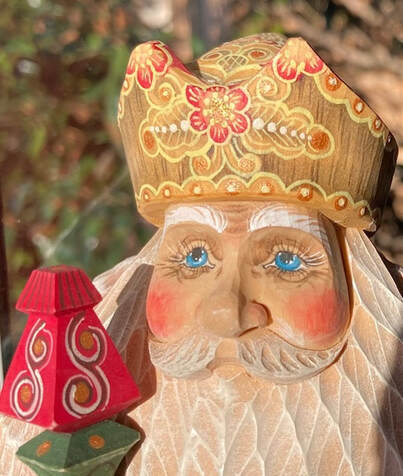
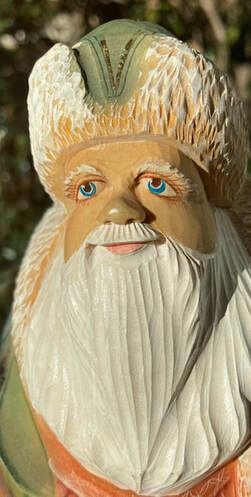
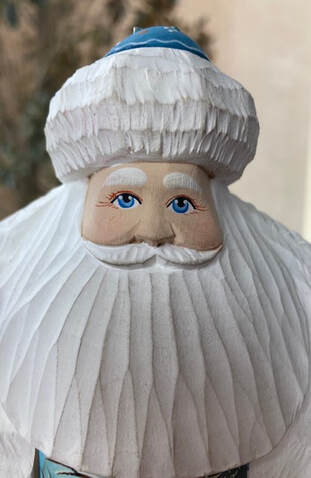
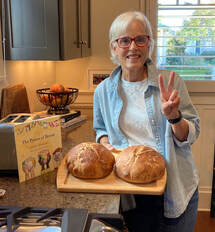
 RSS Feed
RSS Feed